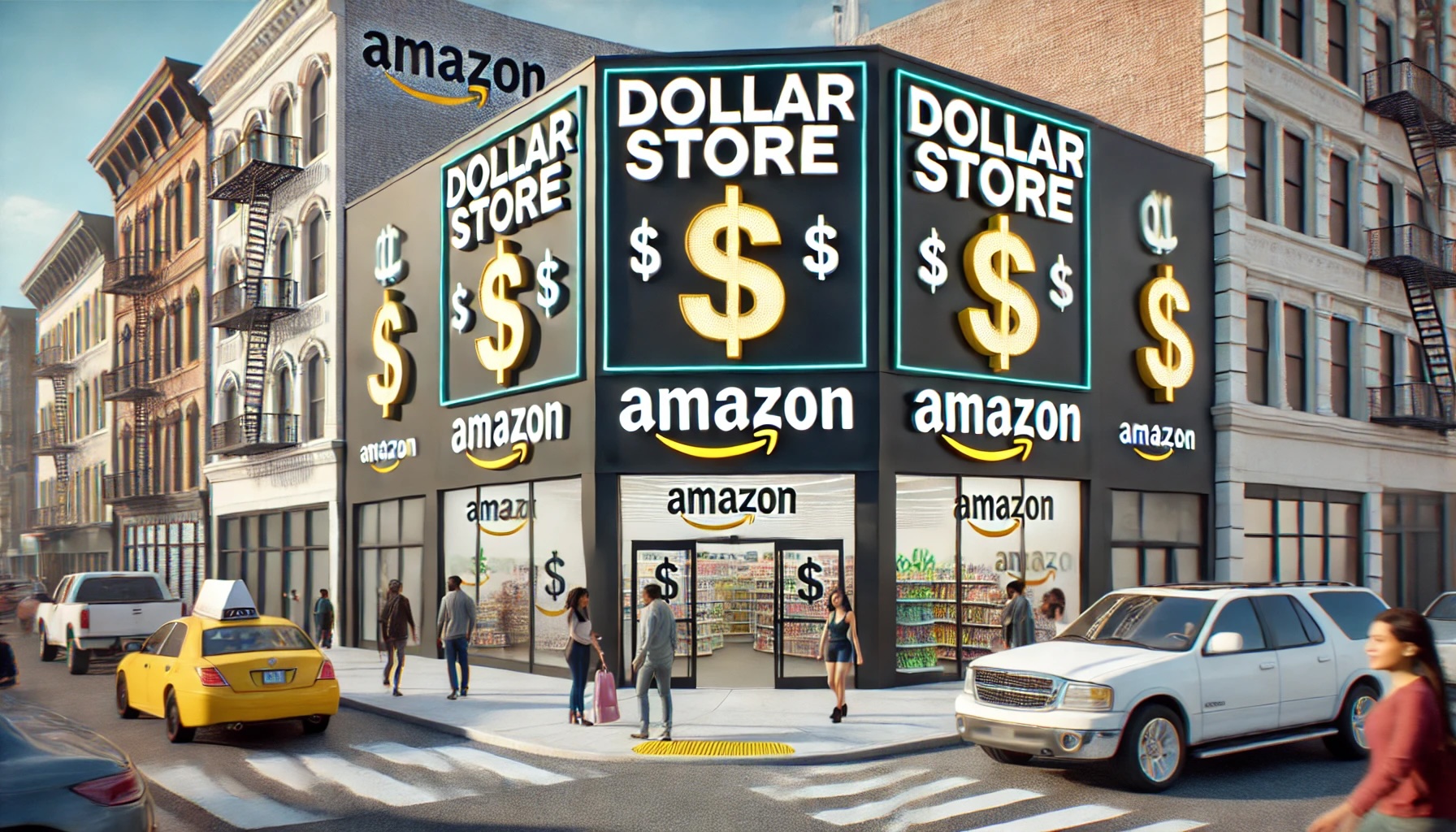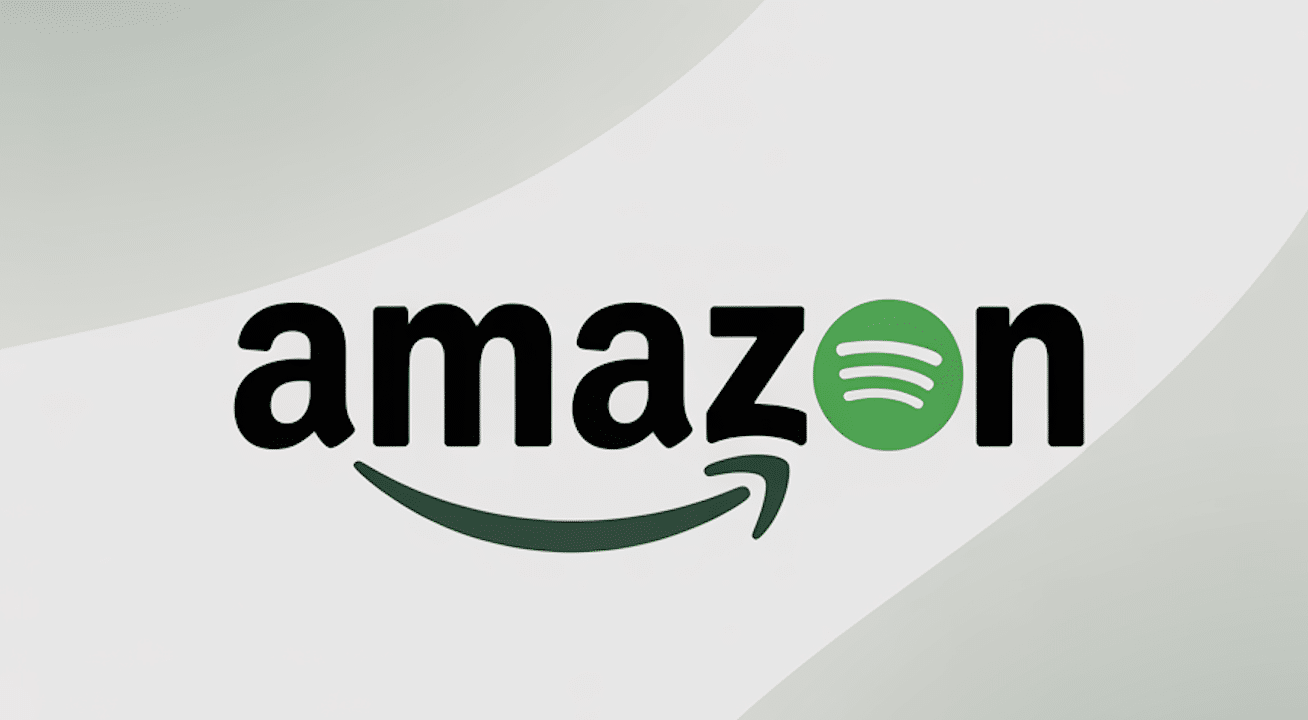Amazon’s New Digital Dollar Store

Amazon has launched Amazon Haul, a new shopping feature aimed at budget-savvy shoppers. At the moment it’s available exclusively on mobile platforms on the Amazon app. Amazon Haul highlights an extensive selection of products priced at $20 or less, including many under $10 and some starting as low as $1.
This new Amazon product has the potential to reshape the landscape of affordable e-commerce. That’s because the mobile Amazon marketplace appears to be specifically designed to target budget-conscious shoppers with unbranded, low-priced products sourced directly from China.
Here’s what you need to know:
- Amazon’s Low-Cost “Haul” Store: A new, mobile marketplace selling unbranded, low-cost items directly from Amazon’s warehouses in China to U.S. shoppers.
- Operational Efficiency at the Source: Shifts fulfillment to Guangdong, China. ThIs will reduce shipping times to 9-11 days and avoiding tariffs under the de minimis threshold.
- Shift Towards Brandless Commerce: Focuses on generic, low-cost items without recognizable brands, promoting Amazon itself as the “brand.”
- Not for U.S. Sellers: This marketplace is clearly tailored towards Chinese sellers.
- Competing with Temu and Shein: The Low-Cost Store targets budget-conscious shoppers who prioritize savings over rapid delivery.
Amazon’s Low-Cost Store
With a streamlined, direct-to-consumer model based in Guangdong, Amazon’s Haul store aims to offer items that U.S. shoppers can purchase at ultra-competitive prices without the usual branding, rapid delivery, or return options.
Canopy Management first wrote about this (prospective) program back in late June 2024, but since that point, specifics of the program have made their way to the surface.
For sellers in China, this new Haul marketplace has the potential to open up unique opportunities, but for U.S. sellers, the Low-Cost Store presents an important shift in Amazon’s strategy that could challenge their foothold in the budget product market.
This new Haul storefront, separate from Amazon’s main search experience and accessed exclusively via the app, appears to be Amazon’s answer to the rising success of low-cost platforms like Temu and Shein.
That’s bound to capture some of the demand for cost-savings even if it means slower shipping times.

How Amazon’s Haul Will Work
- Exclusive, Invite-Only Access: Sellers are selected based on eligibility and capacity, with participation limited to those invited by Amazon.
- Amazon-Managed Fulfillment: All orders are fulfilled directly from Amazon’s facility in Dongguan, Guangdong, China; sellers cannot handle fulfillment independently.
- Participation Scope Uncertain: It’s unclear if the program is exclusively for Chinese sellers or if U.S.-based sellers with manufacturing in China may also qualify.
- Generic Branding Requirement: Products must be labeled as “Generic” and won’t carry any distinct brand names.
- App-Only Storefront: Items are not listed in regular Amazon search and are accessible only through a separate storefront within the Amazon app.
- Product Restrictions: Items are limited to under 1 lb and dimensions of 14 x 8 x 5 inches; restricted items include those with batteries, ingestibles, or products needing special cross-border documentation.
- Category-Specific Price Caps: Each product category has a maximum price limit (e.g., $14 for shorts, $10 for necklaces), with the highest allowable price capped at $20. Listings exceeding these limits will be deactivated.
- Limited Listing Tools: Products can only be listed using a spreadsheet upload tool, with no support for the List Your Products tool or Listing APIs.
- Fulfillment and Storage Fees: Fees start at $0.50 for items under 4 oz priced below $3, and increase with weight and product type. A monthly storage fee of $0.40 per cubic foot applies.
- Return and Liquidation Policy: Items under $3 are non-returnable; for other items, returns are allowed within 15 days. Returned items are liquidated or disposed of if they can’t be resold.
Fulfillment at the Source
Unlike Amazon’s U.S.-based fulfillment model, which integrated logistics at the delivery end, the Haul Store anchors fulfillment at the source, starting in Guangdong.
This region, home to nearly half of Chinese sellers on Amazon, serves as the hub for the new model. Sellers now send inventory to Amazon’s Guangdong warehouses, which will then use air freight to ship orders to U.S. customers in 9-11 days.
Importantly, because they fall under the de minimis threshold, these orders are tariff-free.
Temu and Shein exploded onto the e-commerce scene. In the very recent past, Amazon had been the go-to channel for budget goods from China, using FBA to mask slower supply chains with fast delivery options.
Now, with a streamlined, direct-from-China model, Amazon is competing head-to-head with the low-cost approach of Temu and Shein, betting that many shoppers will wait longer for cheaper prices.
Amazon’s Low-Cost Store restricts pricing (nothing above $20), It also omits returns, and relies on Amazon’s reach to promote a digital dollar store offering familiar low-cost items without the brand premium.
How Canopy Management Can Help
Does this mean that low cost e-commerce will soon be a battleground fought over by Temu, Shein, and Amazon?
It certainly looks like it.
In any case, it emphasizes the importance of brand building for those sellers not interested in a race to the bottom.
If you’d like to follow the lead of many of Amazon (as well as Walmart and TikTok Shop’s) top sellers, reach out to the marketing experts at Canopy Management.
Canopy Management is a full-service marketing agency for Amazon, Walmart, and TikTok sellers. Our team consists of multi-million dollar, omni-channel entrepreneurs, industry leaders, and award-winning experts.
Ready to Start Growing Your Amazon Brand?
Canopy’s Partners Achieve an Average 84% Profit Increase!
Find out more

